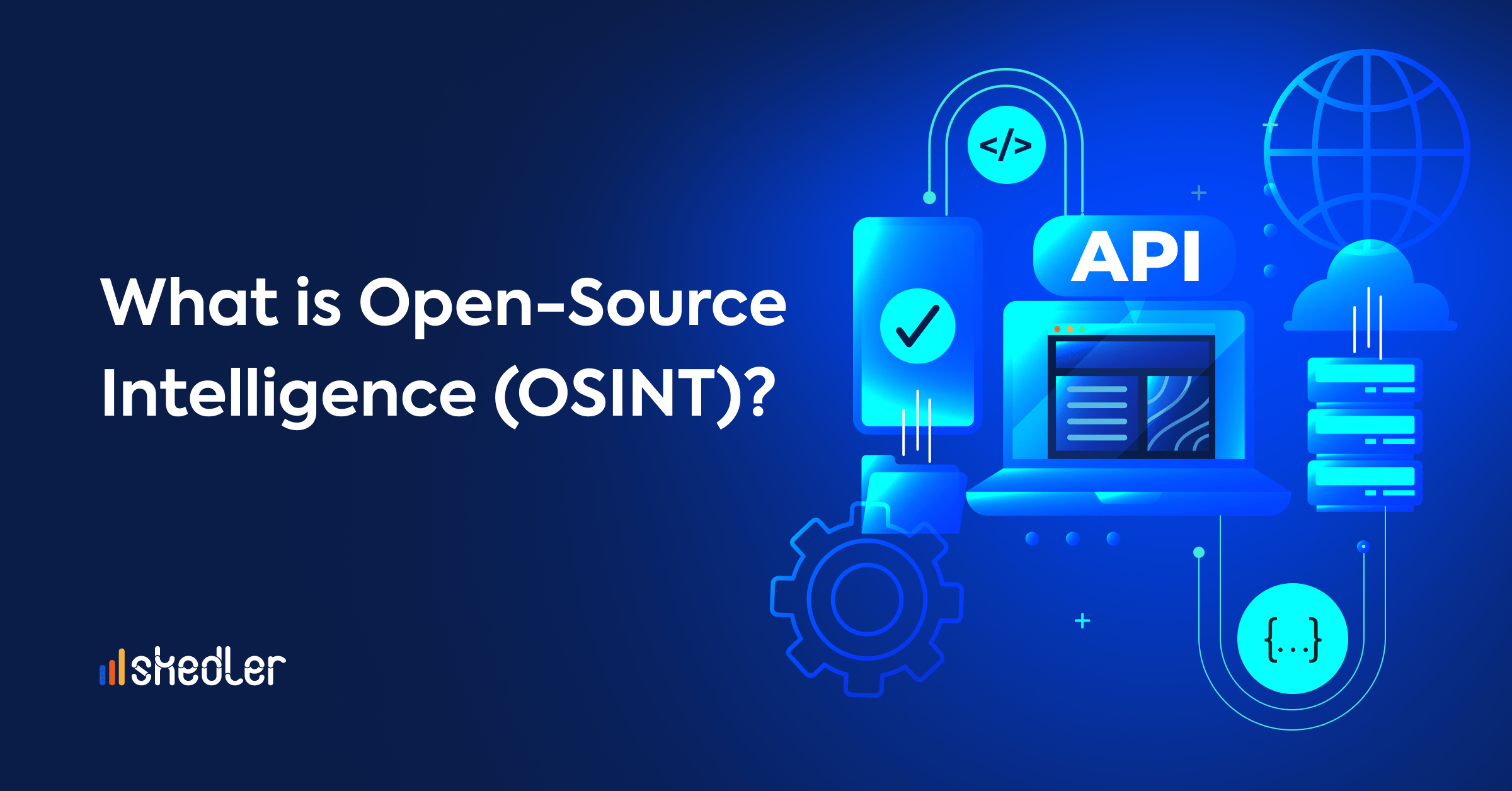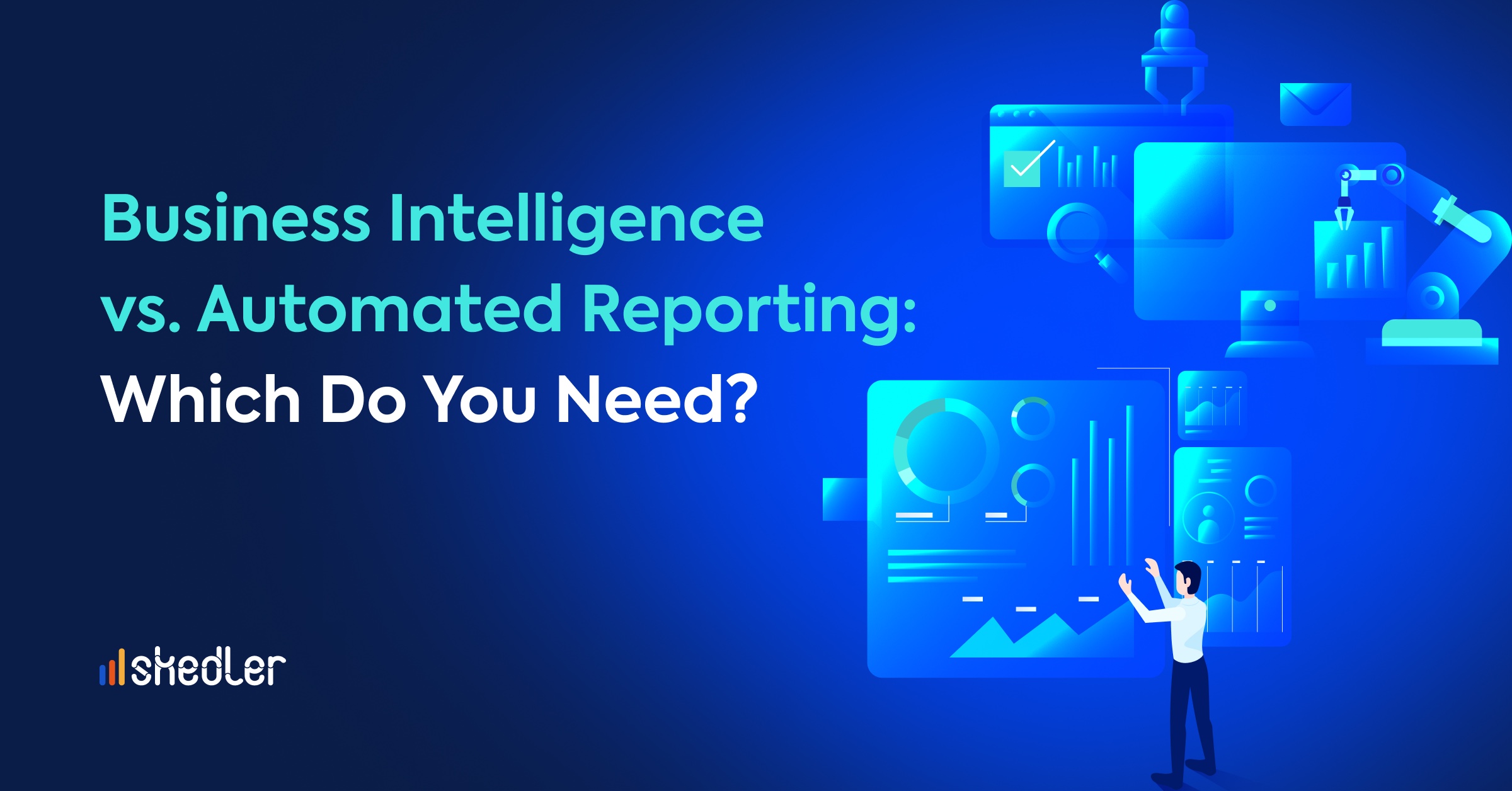What is Open Source Intelligence (OSINT)?
Open source intelligence (OSINT) refers to a set of techniques and tools used to gather, analyze, and correlate public information, transforming it into valuable knowledge. In essence, OSINT involves obtaining all available information from public sources about a company, individual, or any subject of investigation, turning this data into intelligence for more effective decision-making.
According to U.S. public law, open source intelligence is intelligence derived from publicly available information, collected, exploited, and disseminated in a timely manner to an appropriate audience to address a specific intelligence requirement.
OSINT finds applications across various sectors, including governments, law enforcement, military, investigative journalism, legal firms, information security, cyber threat intelligence, and penetration testing. Initially rooted in military environments for espionage and strategic intelligence, OSINT has evolved, with this article focusing on its application in cybersecurity.
(Source: Google DeepMind)
OSINT Categories
We can categorize OSINT into two types:
Passive OSINT: Involves collecting publicly available data without direct interaction with the target system or individual.
Active OSINT: Entails direct communication or interaction with the target system or individual to gather information not easily accessible.
Stages of the Intelligence Cycle
1. Preparation
The preparation stage sets the foundation for effective OSINT by evaluating needs, identifying task objectives, and determining the best sources to find relevant information. It involves defining the scope of the investigation, understanding the goals, and selecting the appropriate OSINT tools and methodologies.
2. Collection
Collection is the primary and pivotal stage of the OSINT process, involving the systematic gathering of data from various relevant sources. This includes social media platforms, news articles, government reports, academic papers, and commercial databases. OSINT professionals may manually search and review sources or employ automated tools for a more streamlined approach. The goal is to accumulate a comprehensive dataset that can later undergo analysis.
3. Processing
Once information is collected, the processing stage involves organizing, filtering, and refining the data. This step aims to eliminate duplicate, irrelevant, or inaccurate information, ensuring that the subsequent analysis is based on reliable and meaningful data. Processing may also involve categorizing information based on relevance and importance, preparing it for the next stage of analysis.
4. Analysis and Production
Analysis and production involve interpreting the processed information to derive meaningful insights. OSINT analysts identify patterns, establish timelines, and draw conclusions from the collected data. Visualization tools, data mining techniques, and natural language processing may be employed to extract valuable information. The goal is to produce a comprehensive report that answers the intelligence question, provides insights, and recommends future actions.
5. Dissemination
The final stage of the OSINT process is dissemination, where the intelligence findings are presented to stakeholders. This can take the form of written reports, timelines, recommendations, or briefings. Effective communication is crucial in ensuring that decision-makers receive clear and actionable intelligence. Dissemination completes the cycle by providing the necessary information to guide organizational responses and strategies.
OSINT is an iterative process, meaning that feedback from stakeholders and new data can lead to a refinement of the collection, processing, and analysis stages. The continuous improvement of the OSINT cycle enhances its effectiveness over time, allowing organizations to adapt to evolving threats and challenges.
How Is Open Source Intelligence Used for Cybersecurity?
Now that we’ve covered the basics of open-source intelligence and explored the stages of the intelligence cycle, let’s delve into its common applications in cybersecurity.
Cybersecurity Applications of OSINT
OSINT is widely used in cybersecurity for various purposes, including:
- Penetration Testing Reconnaissance: Discovering hosts, obtaining Whois information, finding subdomains, exploring DNS information, and identifying potential vulnerabilities.
- Social Engineering Tests: Collecting comprehensive information about users from various sources to prevent falling victim to phishing attacks.
- Cyberattack Prevention: Obtaining intelligence to stay vigilant against potential threats or cyberattacks on an organization.
- General Cyber Investigations: Applying “Cyber” knowledge to solve diverse investigative challenges.
- Detection of Accidental Information Leaks: Monitoring social media for unintentional disclosure of confidential information.
- Identification of Open Ports or Insecure Internet Devices: Discovering potential security risks such as open ports or unprotected devices.
- Unpatched Software Identification: Identifying websites running outdated versions of common CMS products.
Why is OSINT Relevant?
 (Source: Hunter Harritt / unsplash)
(Source: Hunter Harritt / unsplash)
OSINT offers several advantages:
- Access to Publicly Available Information: Legally collecting data accessible to the public, reducing reliance on classified or restricted sources, saving time and costs.
- Diverse Information Sources: Extracting information from various sources like social media, news, government reports, and academic papers for a comprehensive perspective.
- Real-time Opportunities: Relying on publicly available information enables quick and real-time data collection, keeping organizations abreast of current events and emerging trends.
- Cost-Effectiveness: OSINT is efficient and economical compared to other intelligence forms, as it doesn’t require highly specialized equipment or personnel.
- Transparency: The transparent nature of OSINT facilitates easy verification, instilling confidence in the accuracy and reliability of the collected information.
Exploring OSINT Tools
In the realm of Open-Source Intelligence, selecting the appropriate tools can significantly enhance the efficiency of your investigations. Here is a selection of recommended OSINT tools. Whether you seek comprehensive data discovery, engage in discreet reconnaissance, or analyze network vulnerabilities, these tools are poised to assist you.
Recommended OSINT Tools
This collection of data discovery tools serves as a directory for various OSINT tasks, offering a wide range of resources tailored to specific needs. It’s an excellent starting point for those exploring the OSINT landscape.
Specifically designed for web reconnaissance, Recon-ng facilitates the gathering of information from various online sources, such as social media, DNS records, and the deep web.
If you’re delving into open-source intelligence and forensic analysis, Maltego is a powerful tool. It allows users to collect, visualize, and analyze data from diverse sources, including social media and the deep web.
If your focus is on collecting email addresses, subdomains, and other information from various online sources, including search engines and social media, TheHarvester is a valuable choice.
For internet scanning and network search, Shodan is a go-to tool. It enables users to discover connected devices and networks, aiding in the identification of vulnerabilities and potential security threats.
Tailored for cybersecurity intelligence professionals, SpiderFoot provides access to hundreds of open data sources. It excels in gathering and analyzing information like IP addresses, domains, email addresses, and more.
When it comes to assessing firewall security, identifying network vulnerabilities, and testing for flaws, Nmap is a tried-and-true tool. Its versatility makes it a valuable asset in cybersecurity investigations.
If your goal is to identify insecure connections and locate unprotected files, WebShag is a useful tool. It aids in pinpointing potential security risks.
Conclusion
In conclusion, open source intelligence stands as a powerful ally in the realm of information gathering, analysis, and cybersecurity. The stages of the intelligence cycle, from preparation to dissemination, underscore the importance of a systematic approach. The applications of OSINT in cybersecurity offer a strategic advantage in addressing diverse challenges, from penetration testing to proactive threat prevention.
Harness the power of OSINT to stay ahead in the ever-evolving landscape of cybersecurity!
If you liked this article, we recommend you to visit our blog where you will find articles about artificial intelligence, observability, and machine learning, among others. If you are looking for a tool to automate your Grafana or Kibana reports, then you should give Skedler a try!




